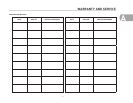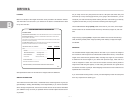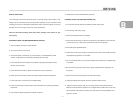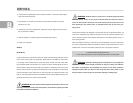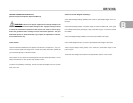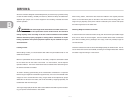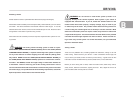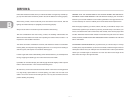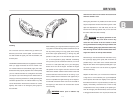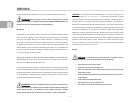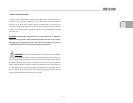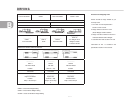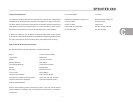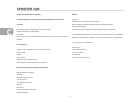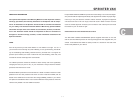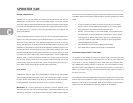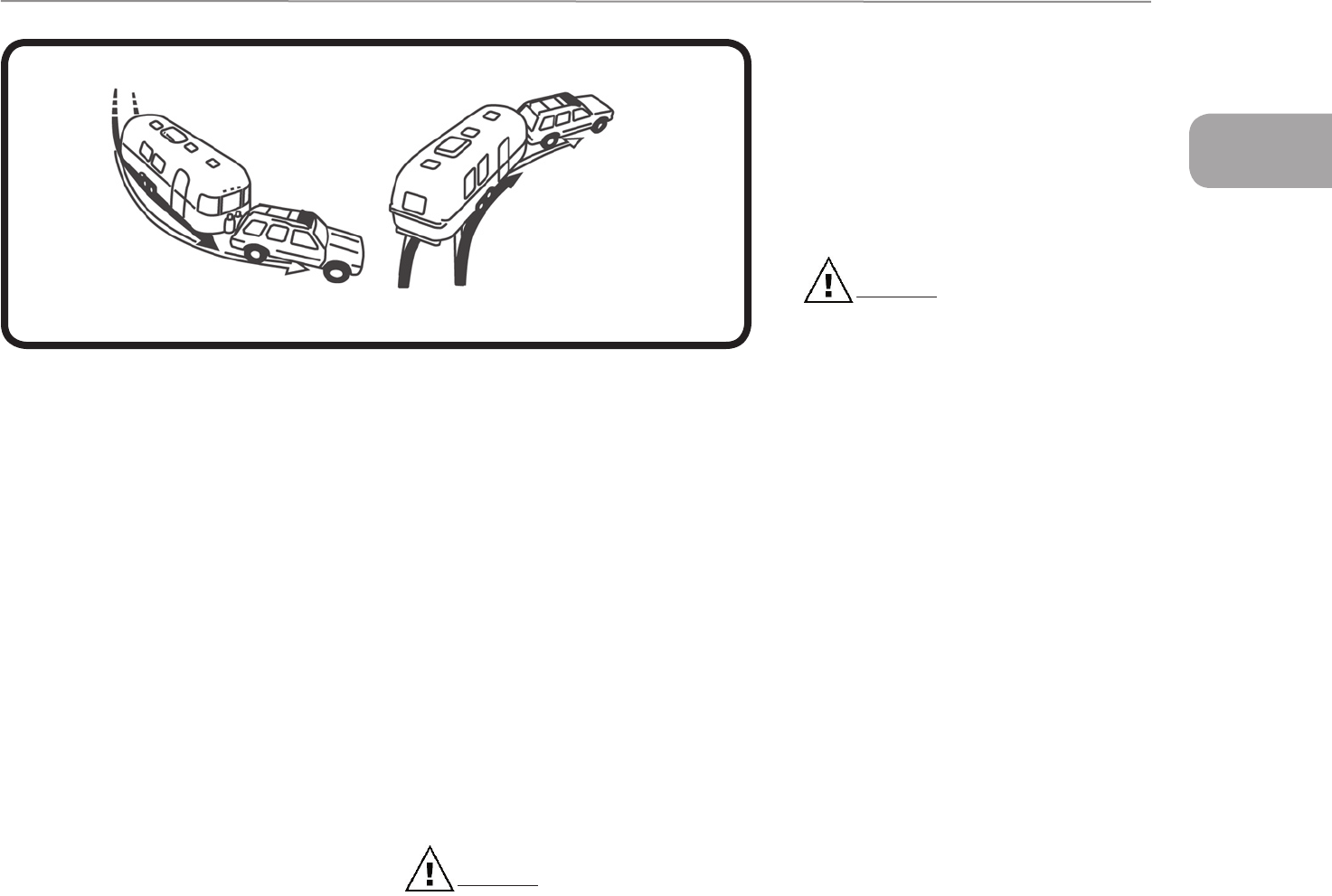
B
B - 8
DRIVING
Tracking
On a two-lane road cars will be lining up behind you
because you travel at a lower speed. It is both courte-
ous and sensible to signal, pull onto the shoulder, and
let them pass.
The BRAKE CONTROLLER (if so equipped) is activated
when you apply the brakes of the tow vehicle. Your
tow vehicle brakes will automatically apply the trailer
brakes first when properly adjusted. This will help keep
your tow vehicle and trailer in a straight line and make
you stop as if you were driving the tow vehicle alone. If
swaying or swerving should occur, briefly operating the
controller separate from the vehicle brakes may help
correct the situation. Practice this maneuver on a clear
highway. Don’t wait for an emergency then grope for
the controller.
When trailering you might encounter a temporary cool-
ing system overload during severe conditions such as
hot days when pulling on a long grade, when slowing
down after higher speed driving, or driving long idle
periods in traffic jams. If the hot indicator light comes
on, or the temperature gauge indicates overheating
and you have your air conditioner turned on, turn it off.
Pull over in a safe place and put on your emergency
brake. Don’t turn off the engine. Increase the engine
idle speed. Lift the engine hood and check for fluid
leaks at the radiator overflow outlet. Check to see that
all drive belts are intact and the fan is turning. If you
have a problem have it fixed at the next opportunity. If
there is no problem the light should go off or tempera-
ture should come down within one minute. Proceed on
the highway a little slower. Ten minutes later resume
normal driving.
WARNING: Never open a radiator cap
when the tow vehicle is hot. Check the coolant level
when the vehicle is cool.
When going downhill in dry weather, down shift so that
engine compression will slow the whole rig clown. Take
dips and depressions in the road slowly and do not
resume normal driving speeds until you are sure that
the trailer wheels are clear of the dip.
WARNING: On slippery pavement do not
use engine drag to help slow down as this may
cause the rear wheels of the tow vehicle to skid.
On icy pavement drive slowly and if you feel the tow
vehicle skidding gently apply the trailer brakes only.
This will bring the tow vehicle and trailer back into a
single line. Chains do not help trailer wheels.
When driving in mud and sand let the momentum carry
the rig through. Apply power gently and use as little as
possible. Stay in the tracks of the vehicle ahead and
keep the tow vehicle in the highest possible gear. If you
are stuck it is best to tow out the entire rig together
without unhitching.
Despite the best hitch you will notice that whenever
a large bus or truck overtakes your rig the displaced
air first pushes the trailer rear slightly to the right and
then affects the front. It may be necessary to steer very
slightly, momentarily, toward the bus or truck to help
compensate for the sway induced by the passing-ve-
hicle. Do not apply the vehicle brakes, as this can tend
to exaggerate the situation. You may find, however, that



